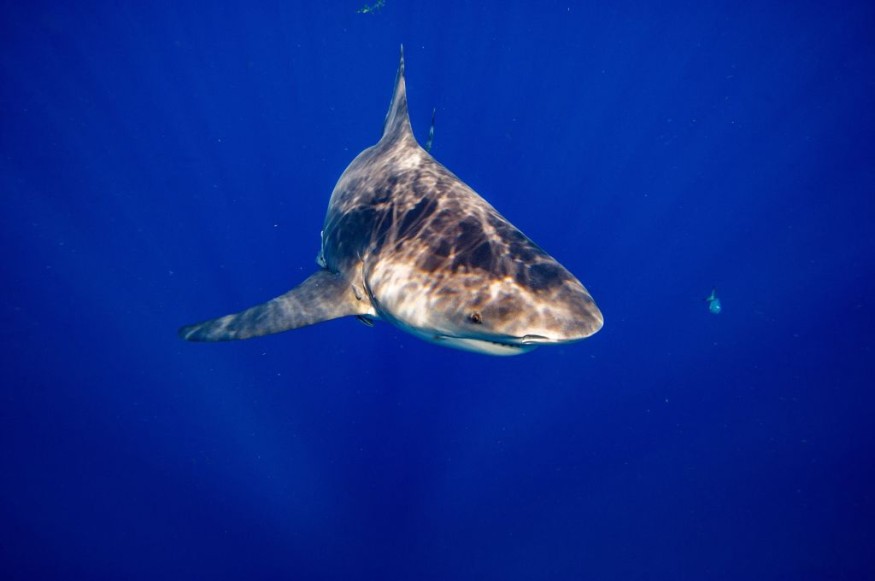
A recent study revealed that bull sharks are seen to be more active during midday and low-light conditions as well.
This finding helps scientists establish warnings for swimmers to avoid shark attacks and incidents.
Shark movement
Amy Smoothey, scientific officer and shark biologist at the New South Wales Department of Primary Industries and one of the study's lead investigators, said the team tracked 233 tagged bull sharks (Carcharhinus leucas) along 21 coastal beaches in New South Wales between 2017 and 2023 to determine when they were closest to shorelines.
They discovered that the presence of huge bull sharks was highest between midday and 4 a.m. and sharks were more likely to be near the coast between 6 p.m. and 8 p.m. and 1 a.m.
The researchers also noted that certain variables boost the likelihood of encountering a huge bull shark when the water temperature is higher than 68 degrees Fahrenheit (20 degrees Celsius), after heavy rain, or when the water is murky.
"These conditions are favorable for ambush predators like bull sharks," Smoothey said. "Be aware during periods of low-light levels, as these are times when bull sharks are typically more active and you may not be able to see the approaching shark."
Shark bites are rare
Bull sharks, along with great white sharks (Carcharodon carcharias) and tiger sharks (Galeocerdo cuvier), are one of the three species implicated in the most lethal attacks in Australia.
Bull sharks, which can grow to be 11 feet (3.4 meters) long, are thought to be particularly dangerous since they favor warm coastal waters and can move up rivers.
The most recent deadly bull shark attack in Australia occurred in February of this year, when Stella Berry, 16, was attacked in a river near Perth.
However, unprovoked shark bites have increased during the previous three decades, but they are remain uncommon.
Experts also argued that bites may not always indicate an attack or predatory behavior.
According to the University of Florida's International Shark Attack File, there were 57 unprovoked bites by all shark species worldwide in 2022, with the majority occurring in the United States and Australia. Five of these attacks were fatal.
"Shark attack is a potential danger that must be acknowledged by anyone that frequents marine waters, but it should be kept in perspective," according to the International Shark Attack File at the University of Florida, which publishes data on shark attacks worldwide. "Bees, wasps and snakes are responsible for far more fatalities each year."
Smoothey also stated that the researchers advocate updating shark safety information, but that present guidelines are still necessary.
The swimming advice in Australia should be changed to reflect new evidence about one of the most hazardous shark species, according to scientists.
Swimming and surfing are currently advised to be avoided around "dawn" and "dusk" since visibility is poor and sharks are more active, both of which enhance the danger of attack.
"We concur with the current shark smart advice that nocturnal swimming and surfing, especially in warm waters and when water visibility is poor, should be avoided for many reasons, not the least of which being the presence of bull sharks," she said.
Related Article : Bull Sharks Maul Dolphin on Popular Beach in Northern Sydney
Related Article:
© 2025 NatureWorldNews.com All rights reserved. Do not reproduce without permission.





